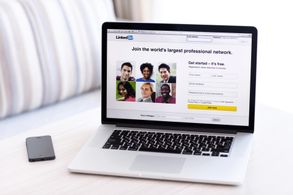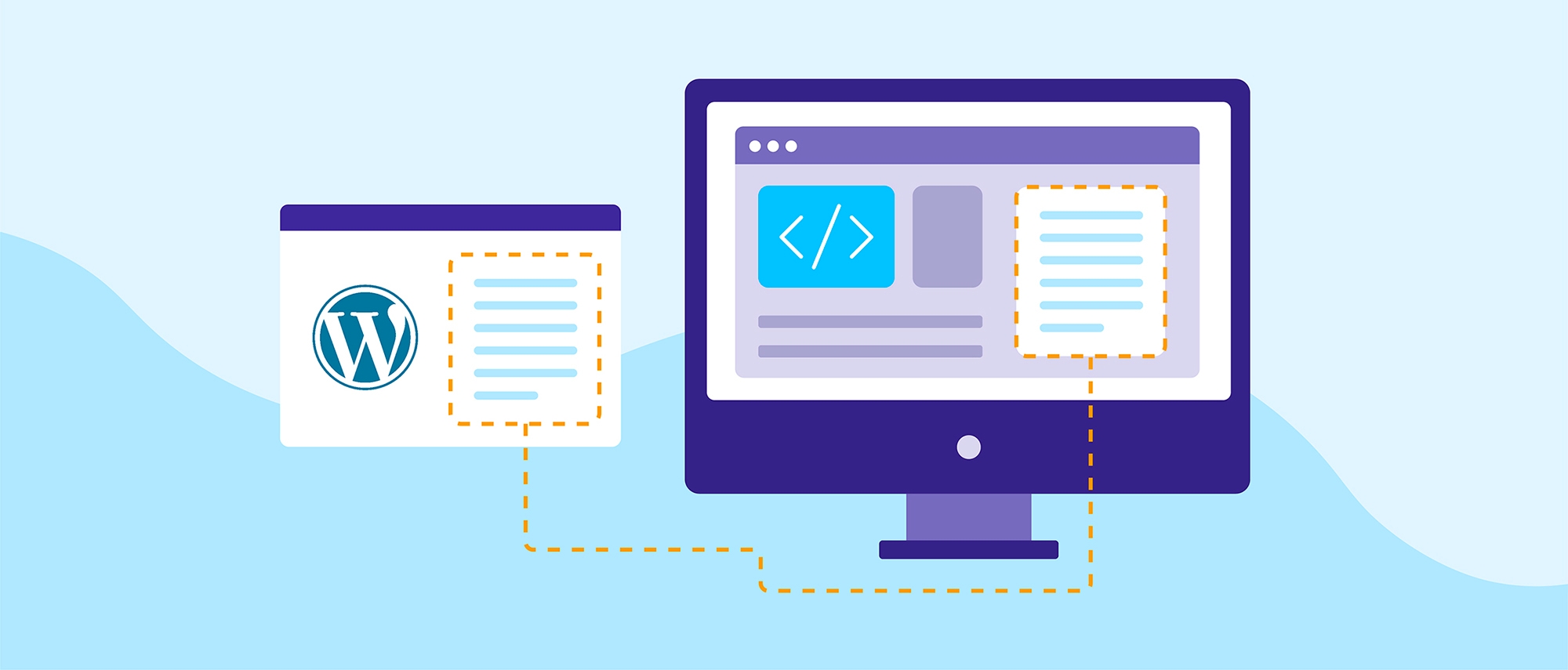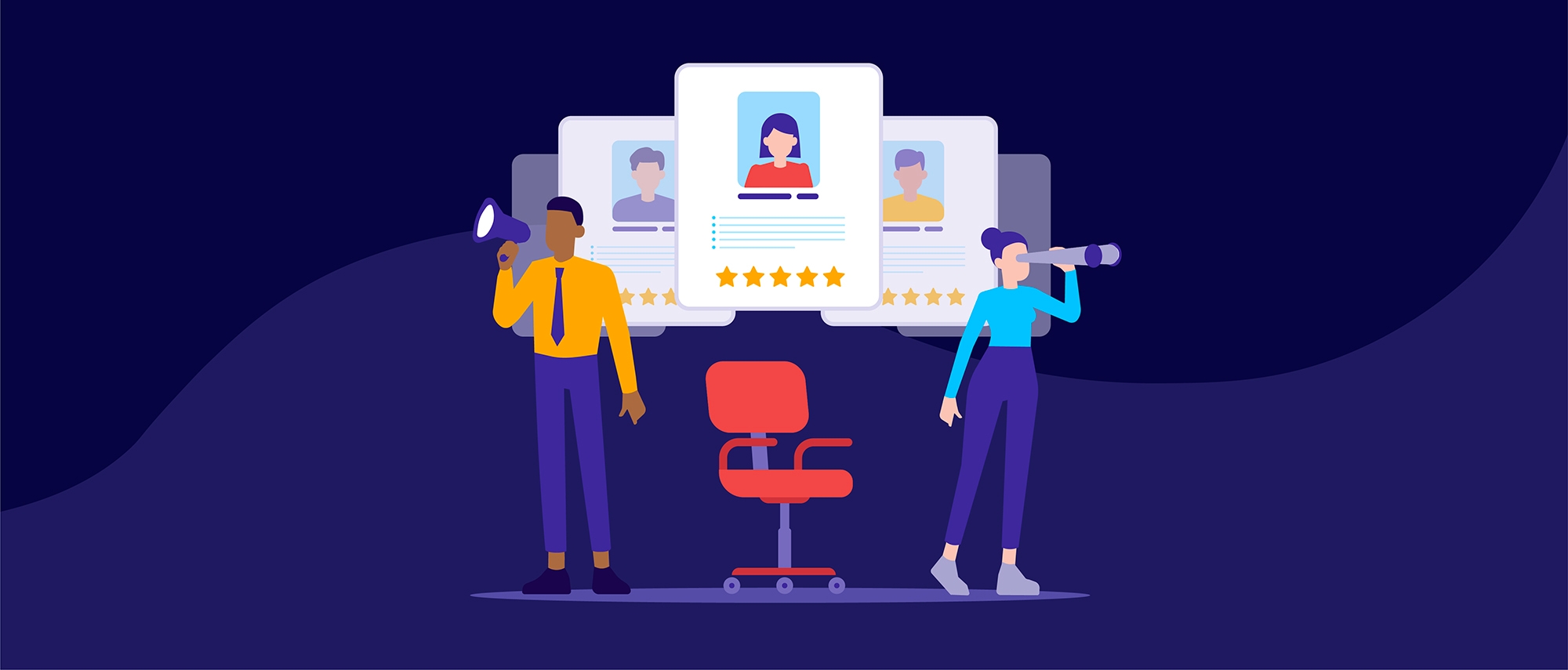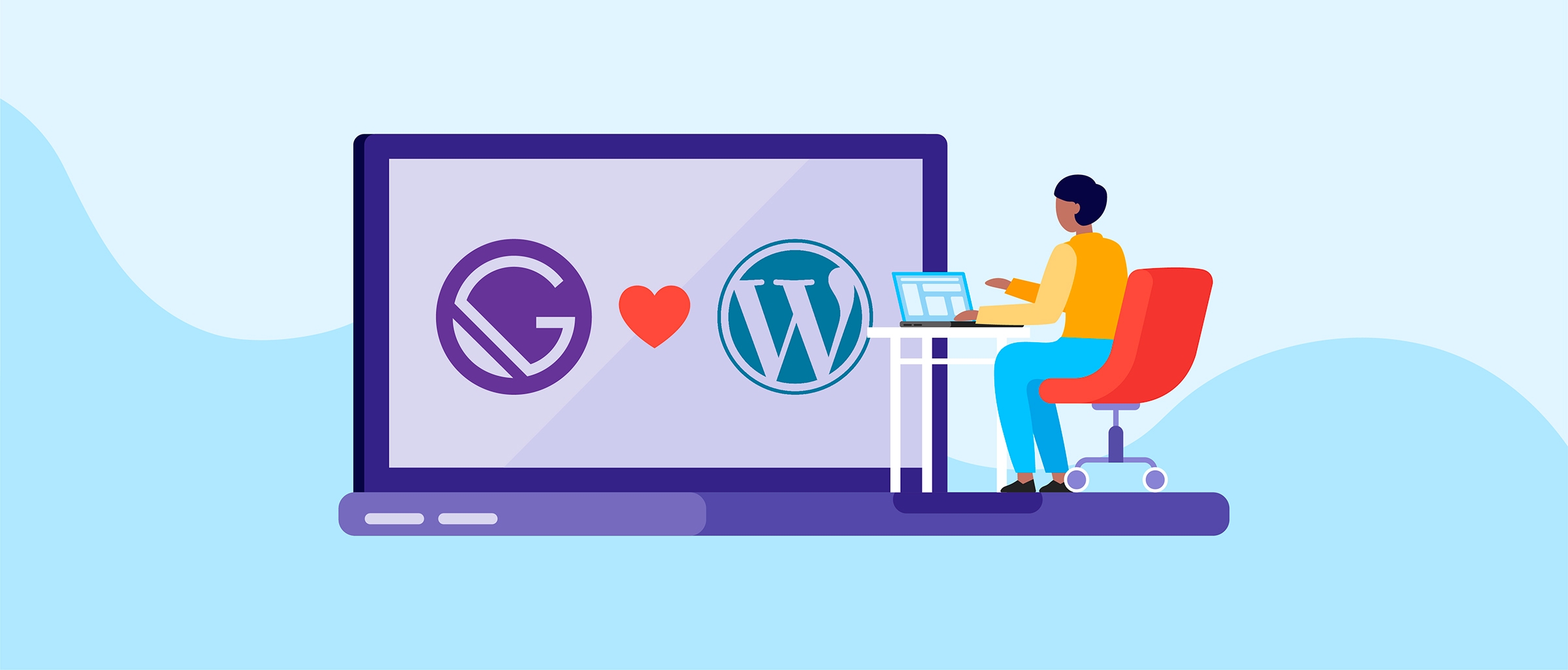Google Adwords or Social Ads? This is a question that has long haunted digital marketers all over the world. It is something that all businesses eventually have to answer as they seek to grow their reach, their brand awareness, and most importantly, their sales.
Google Adwords is almost synonymous with online advertising, and with good reason. The search engine giant’s advertising platform has a reach that no social network can even hope to compare to. With Google fielding over 3 billion search queries daily, it is easy to understand why Google Adwords is by far the most popular and most dominant pay per click advertising platform today. With the emergence and continued growth of social media though, social ads have begun to make a real case as a viable and valuable alternative to the Google Adwords platform. LinkedIn and Facebook, in particular, are proving to be effective advertising platforms in their own right.
Therein lies the dilemma. How do you know which avenue to take for your business? Here are some of the pros and cons of Google Adwords and Social Ads so that you can make an informed decision:
The Old Reliable: Google Adwords
To say that Google Adwords dominates paid search is an understatement. When you think “paid search,” you don’t think about Bing ads. No, you automatically think about Adwords. Paid search, as the name implies, is about targeting certain keywords in a potential customer’s search query. This is a time-tested method that has been used since online ads first started out, and it makes a lot of sense. Purchasing intent is usually higher when it comes to search ads. That’s why they’re searching in the first place, right?
In general, you will be paying more per click with Adwords, but with the higher buying intent, it is usually worth it. Most users looking to buy something generally go direct to Google search and not Facebook. This high purchasing intent also means that it makes sense to use Adwords for high-value items. The higher conversion rates for those higher-priced items will more than make up for the more expensive pay per click rates.
Adwords also has the advantage when it comes to retargeting simply because of its wider retargeting potential. This is especially valuable because you can gently remind customers who have made contact with your website that you’re just waiting for them to take the plunge, so to speak. Sometimes, a gentle nudge is all it takes.
Taking the Adwords route also makes sense when you’re selling a product that doesn’t really have a social component to it. For example, there isn’t really much of a social component to buying tires for an old tractor. There isn’t much branding in the endeavor, either. For most people looking, it’s as simple as going on Google search and typing “tractor tires,” and then clicking on whatever results show up, most often the first and/or most prominent ones.
Getting Social with Facebook Ads
Facebook Ads is a relative newcomer when compared with Google, but it is fast growing in popularity. Facebook has a daily audience of over 1.5 billion users, which makes it a prime advertising platform. While Adwords mainly focuses on conversions via search queries, Facebook ads are much better for building brand awareness because of the social component. They are also better when it comes to targeting audiences, because of all the data Facebook collects on its users. This treasure trove of data includes age, sex, gender, likes, dislikes, and important life events to name a few. With all this data, your business can target very specific groups of audiences you think will respond positively to your ads.
There’s also a big difference in how Facebook ads look compared to Adwords. Adwords ads are usually text-based and look very dry, while Facebook ads can be visually rich and appealing masterpieces of advertising. The best part is that they blend seamlessly with the user’s feed, making for a visually appealing overall experience.
Great-looking ads and amazing targeting capabilities sound terrific, but they aren’t all Facebook ads have to offer. One of the biggest draws of this particular ads platform is its affordability. If your business has a limited ad budget to spend, then it is worth considering going the Facebook ads route. Lower, budget-advertising costs can also mean high returns on investment, and who doesn’t want that?
Connect with Businesses on LinkedIn
Like Facebook, LinkedIn is one of the most popular social networks in the world today. There is one big difference though – LinkedIn users tend to be mostly business professionals. With over 500 million users, LinkedIn is easily the largest collection of professionals out there. This means that LinkedIn Paid Ads can offer you a high-value audience of educated professionals from many different businesses. Unlike most social networks, LinkedIn users aren’t typically interested in being distracted by funny cat videos and memes. They are looking for ways to advance professionally, or to improve their own businesses.
Of course, such a valuable audience comes at a cost. The cost per click rates for LinkedIn ads are usually significantly higher than those for other social networks like Facebook. You also need to remember that not everybody on LinkedIn is in a position to make decisions about purchasing the products you are advertising. There are plenty of LinkedIn users that are on the social network simply to look for jobs, and they are not even remotely interested in whatever your business has to offer.
Adwords & Social Media Advertising Experts
Google Adwords and Social Ads are both powerful platforms that can give your business a boost. We have outlined many of each platform’s pros and cons, but to really find out definitively what works best for your business, there is no substitute for actual testing. Adwords and Social Ads also don’t have to be exclusive of each other. A combination of both just might be what your business needs. If you want some more help with your advertising campaigns, talk to one of the experts at Double Up Digital today.







